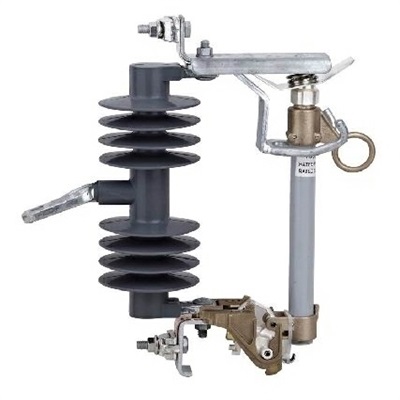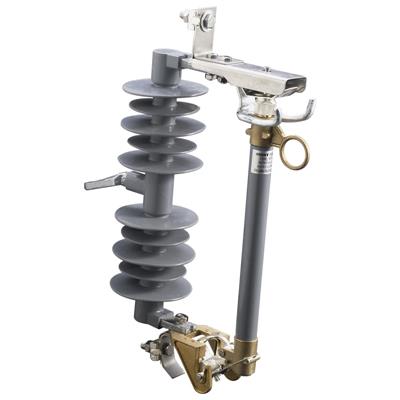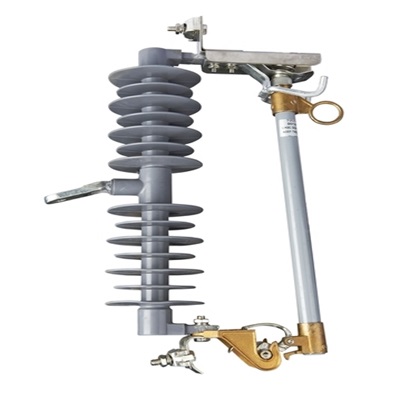Siano: making mobile digital TV everywhere
China Mobile TV has many standards. As the first international chip manufacturer to choose to support the CMMB standard, what is the starting point of Siano?
The characteristics of CMMB's "integration of heaven and earth, combination of stars and nets" reflect the current trend of technological development, which is very suitable for the geographical characteristics of China's vast territory. It is currently the most economical way to lay out the net; The State Administration of Radio, Film and Television attaches great importance to the construction of the CMMB industry chain. The mode of freeing some programs and charging some programs can ensure that all links in the industry chain from terminal manufacturers to operators benefit from it, which is in line with industrial development planning.
The market battle is not a battle of standards, but a battle of industries. At this year's mobile TV seminar on the theme of "China Mobile Multimedia Broadcasting CMMB Network and Ecosystem", we invited the CA provider Nagravision, which just won the CMMB, and Tsinghua Tongfang, DTV InteracTIve, Dopod, Panda Electronics (Panda), AMD, Cidana, Marvell, Telechips, Anyka and other companies to jointly discuss the development prospects of CMMB. The fact that so many companies are willing to join this camp also shows that Siano's choice is correct.
In fact, users don't really care about the technology used by mobile TV. What they really care about is content and tariffs. The SARFT has natural advantages in content arrangement, signal coverage, market operation and promotion, which is another important reason why Siano chose to support the CMMB standard.
China Mobile has recently issued 40,000 TD-compatible CMMB mobile phone bids to terminal manufacturers, but the TD Alliance itself has also launched its own MBMS standard.
In many cases, most users do not have a strong purpose in watching mobile TV, so it is most appropriate to use channels similar to traditional TV broadcasts. But on the other hand, there is indeed a consumer demand for personalized services. If you can cooperate with mobile operators, it will greatly expand the application space. Many European 3G operators regard the DVB-H standard as part of their mobile phone procurement requirements. China Mobile's purchase of TD-compatible CMMB mobile phones also follows this trend. At the same time, it also shows that the "three network integration" concept that China has always advocated has taken a substantive first step.
TD-MBMS itself is one of the special services of 3G, but it depends on the construction of 3G network first in terms of frequency resources and infrastructure. For end users, this is undoubtedly a good choice. These two systems should be a complementary relationship, not a direct competitive relationship.
Can mobile TV meet everyone's expectations in China?
At present, the development of the mobile TV market is still in the stage of market cultivation. There are many bottlenecks, such as government management, technical standards, spectrum resources, content, signal coverage, tariff standards, terminal prices, user awareness, etc., integration in all aspects needs certain time. We believe that in a few years, mobile TV programs will become one of the "essential" functions of product differentiation. The content of mobile TV programs will also show rich and interactive features. In addition, with the establishment of the backhaul link, mobile TV viewers will be able to participate and provide real-time feedback on various programs in real time.
At present, many manufacturers have launched chip products that support CMMB. Compared with competitors, what are the advantages or characteristics of Siano?
Siano's latest SMS118X is specifically designed for the Chinese market. The company has all intellectual property rights (IP) and does not purchase from third parties, so the price will be very competitive.
Our SMS118X uses the SIP type that integrates Tuner, demodulator, LNA, and analog devices, and is the first fully integrated single-chip CMMB solution. In addition, the product uses internal memory and integrates multiple peripheral interfaces including USB, SPI, SDIO, I2C, and memory mapping. It also requires few peripheral components and supports 40 time slots in the CMMB standard. ; The unique polarization receiving technology makes the receiving terminal increase by more than 3dB based on the existing CMMB standard, but the power consumption is only 31mw, which is 1/5 of similar products. These are things that many of our competitors cannot do.
Some companies believe that the production yield of SIP is low, but this CMMB chip is already the third-generation SIP. We have successfully commercialized SIP in DVB-H and DVB-T products. There are currently more than 40 design companies working with us, and it is expected that CMMB phones and Dongle using this chip will be available in the near future.
What are the future development trends and technical challenges of digital mobile TV?
Adding TV reception capabilities to portable devices makes low-power, small-sized, multi-standard, and higher-integrated designs the biggest challenge. To address these challenges, the chip architecture must be feasible and efficient at the system level. High efficiency means that the chip can achieve low power consumption and small size, and feasibility means that the chip can provide a common hardware interface and a flexible and diverse software interface in order to be compatible with different mobile digital TV standards, different background processors and operating systems match.
For mobile TV, another key challenge is the ability to ensure excellent picture quality under different mobile conditions and environments. In order to compensate the signal when the signal is weak, the RF tuner must be able to recognize the weak signal data surrounded by noise. Therefore, it is extremely important to have a good sensitivity level and anti-interference.
Mobile TV chips will support multi-standard development in the future. From the perspective of manufacturing companies, the global applicability of products is very important. If the whole enterprise chooses multi-mode products for design, the management cost of the technology platform will be reduced, and if a single standard chip is used, several suppliers must be controlled to provide different products, thereby increasing management costs. I believe that Chinese companies have also seen this. From the consumer's perspective, they also hope that the terminal product can receive multiple standard TV programs.
What will be the future development trend of analog mobile TV and digital TV in China?
The reception of analog mobile TV signals in China is not ideal, and its position in China is also relatively awkward. The shipments advertised by some companies actually rely mainly on overseas markets. Although analog TV can be watched for free, it is far inferior to digital TV in terms of viewing effect and customer experience. Moreover, digital TV also has program sources that are provided free of charge. Therefore, we believe that digital TV will be more competitive in the future.
The "channel decoding chip + multimedia coprocessor (CP)" in digital TV is just a transitional plan. As long as the baseband chip processing power is strong enough, many applications do not actually need CP. Moreover, at present, many mobile phone design companies have their own CP suppliers selected, it is unrealistic to easily replace the CP. Therefore, the scope of application of this program will be subject to certain restrictions.
"Application processor integrated source demodulation chip" is the ultimate goal, but it is too early to talk. If you really want full support, the cost will be very high at the current technical level, so you lose the original intention of integration.
In electrical distribution, 100A Cut Out Fuse ( Composite Cut Drop Out Fuse or Composite Cut Out Fuse ) is a combination of a fuse and a switch, used in primary overhead feeder lines and taps to protect distribution transformers from current surges and overloads. However, Composite Polymer Cut Out Fuse is more lighter and also has efficient current transfer and higher interrupt capacities than Porcelain Cut Out Fuse.
Features
1. Efficient Current Transfer
2. Higher interrupt capacities
3. Fiberglass tube with UV resistant coating for the Fuse Tube
4. Superior quality of terminals made of tin plated copper alloys
5. High Quality stainless steel & hot dip galvanized fittings of the cutout`s assembly
6. High Quality HTV Silicone Rubber for the sheds/housing of polymer fuse cutout`s insulator
| MAIN DIMENSIONS AND STANDARD PARTICULARS | ||||||
| Type | RLF-11 | RLF-11 | RLF-12 | RLF-12 | RLF-16 | RLF-16 |
| Rated Voltage,KV | 24 | 24 | 15 | 15 | 36 | 36 |
| Rated Current,A | 100 | 200 | 100 | 200 | 100 | 200 |
| Breaking Current,A | 10000 | 12000 | 10000 | 12000 | 10000 | 12000 |
| Impulse Voltage,KV | 150 | 150 | 110 | 110 | 170 | 170 |
| Power-Frequence withstand Voltage,KV | 65 | 65 | 45 | 45 | 70 | 70 |
| Creepage Distance,MM | 540 | 540 | 245 | 245 | 720 | 720 |
| Weight,KG | 4.5 | 4.5 | 3.8 | 3.8 | 5 | 5 |
| Dimension,CM | 51x34x11.5 | 51x34x11.5 | 45x34x11.5 | 45x34x11.5 | 61x34x11.5 | 61x34x11.5 |



We warmly welcome friends both domestic and abroad to visit our company, if you have any questions, please contact with us directly.
Composite Cut Out Fuse
100A Cut Out Fuse,Composite Polymer Cut Out Fuse,Composite Cut Drop Out Fuse,Composite Cut Out Fuse
FUZHOU SINGREE IMP.& EXP.CO.,LTD. , https://www.cninsulators.com